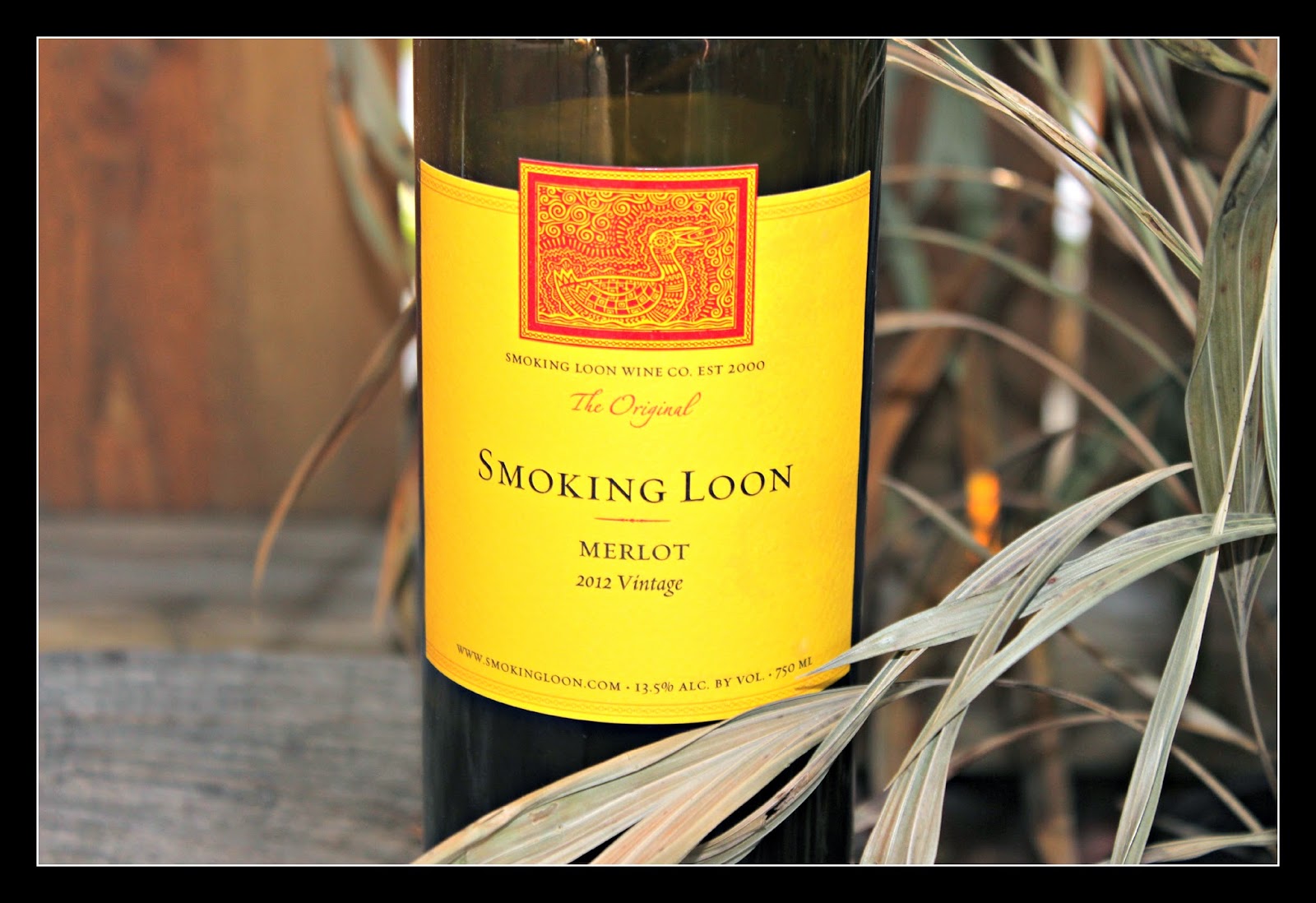Cars have personalities in the same way we have personalities. Cars are designed to appeal to particular demographics and seek to emulate the characters of their target market in their design. This is one reason your personal image becomes associated with the type of car you drive and the items you buy. To the outside world, your car becomes an extension of yourself.
There is brand personality and consumer personality. Brand personalities are those values a brand image symbolizes. Brand personalities revolve around personas of excitement, sincerity, ruggedness, competence and sophistication. When there is mutuality between consumer personality and brand personality the car is said to “suit you."
People with particular personalities are attracted to products with similar personalities (Seimiene, 2012). If you see yourself as a cowboy chances are you will walk past the smart cars and head straight over to the 4X4s. Your idea of fun may look more like “mudding” with Garth Brooks blasting than having a glass of wine with Beethoven playing in the background.
As consumers, most purchased beyond that which is necessary to sustain life are personality driven. If you are a beach going hippie you may just get yourself a VW Bus while if you are seeking status you could option for a sparkling Lamborghini. Of course, if you are more sophisticated with a refined sense of taste there is Mercedes S-Class Sedan with its polished design.
Practicality and finances mitigate this need to enhance our persona. For example, if you are on a budget you might consider your neighbors $500 1990 Ford Escort that leaks oil and has a mammoth dent on the side. An excellent deal if you don’t care about status!
Before you can make appropriate purchases understand what the car says about you. If you are practical and educated, go with a Honda Civic while if you have some money to burn soup up your drive with a Camaro. Keeping your brand image consistent will help others formalize an opinion. The next time you get attracted to this car or that car, stop and ask yourself “why”? You might just find something out about yourself.
Seimiene, E. (2012). Emotional connection of consumer personality traits with brand personality traits: theoretical considerations. Economics & Management, 17 (4).
The blog discusses current affairs and development of national economic and social health through unique idea generation. Consider the blog a type of thought experiment where ideas are generated to be pondered but should never be considered definitive as a final conclusion. It is just a pathway to understanding and one may equally reject as accept ideas as theoretical dribble. New perspectives, new opportunities, for a new generation. “The price of freedom is eternal vigilance.”—Thomas Jefferson
Showing posts with label brand image. Show all posts
Showing posts with label brand image. Show all posts
Wednesday, June 24, 2015
Monday, July 14, 2014
How Online Media Will Change Marketing Strategies
Is the world of marketing changing? The advent of
online marketing has adjusted the basic assumptions of marketing and the way in
which companies reach potential customers. A longitudinal study by Valos, et.
al. (2010) looks at the perceptions of 40 senior marketing executives and attempts
to understand how things have evolved. The study provides implications for
future marketing strategies.
No doubt the Internet has changed the very way in
which people obtain information from their environment and how they make choices
between different types of products. Each purchase is based upon a range
factors that includes social impression, product understanding, ease of
purchase, information attainment, benefits vs. costs, and consumer
personality.
The Internet has become a new catalyst in putting
these factors together in a way that leads to positive purchase decisions. Today’s
advertisers are moving away from mass marketing approaches and seeking to be
more exact with their marketing dollars to increase conversion rates.
Why spend a fortune canvassing a large market when
you can focus on those customers most likely to purchase? The Internet is
offering the ability to customize marketing directly to motivate buyers based
upon specific customer profiles. Messages are becoming more focused to appeal to core
consumers.
Related research indicates that marketing will
become more akin to engineering through database-driven decisions (Peltier, et.
al. 2006). As marketing becomes increasingly interactive and able to reach
specific subgroups it will require higher levels of analysis and development.
The way in which companies put together their
marketing mix will evolve to maximize emerging technologies. Imagine how a
highly motivated market segment may be attracted to specific videos, language,
graphics, key words, and displays. The way in which companies develop their
marketing mix will naturally have an influence on attracting the selective
attention of their most lucrative customers.
The authors conclude that the
increase in niches will make marketing increasingly complex. It will be
beneficial to coordinate diverse media, marketing objectives, and marketing
metrics. Personalization of marketing will likely grow and emerging technology needs to be incorporated into a company’s marketing mix. As customer touch
points increases a greater emphasis is placed on using behavioral data and
attitudinal data to fine tune marketing components. Mass marketing that serviced
the mass manufacturing systems of the past are likely to become more expensive and be viable for certain types of businesses.
Peltier, J., et. al. (2006).
Interactive IMC: The relational-transactional continuum and the synergistic use
of customer data. Journal of Advertising Research, 46(2), 21-28.
Valos, et. al. (2010). Practitioner prognostications
on the future of online marketing. Journal
of Marketing Management, 26 (3/4).
Monday, June 9, 2014
Wine Review: Smoking Loon (2012)-The Cultured Outdoorsman’s Merlot
The full-bodied Smoking Loon Merlot (2012) is strong
and tart like the name implies. You will discover flavors of cherry,
pomegranate and cranberry weaved throughout its design. A few reviewers argue there
is a background flavor of black walnut. Made by Smoking Loon Winery this is a
perfect glass for the home bbq, roasted duck, or meatloaf recipes. Open a
bottle of Smoking Loon Merlot upon returning to the cabin from your next duck hunting escapade.
The brand appeals to your birdshot touting, vest donning,
flannel wearing outdoor hunting enthusiast. It was designed after Don
Sebastiani’s love of cigars and his father August’s love for water fowl. The wine appeals to hunters who love to sit on
their porches and watch the sun set over the rural landscape. There are few
things more enjoyable than a glass of Smoking Loon Merlot after spending a few
hours tracking fowl.
The outdoor personality is unique when compared to
the general population. According to a study based on the Myers-Briggs Type Indicator (MBTI)
of those who choose outdoor activities the outdoor personality is more
introverted and intuitive than the general population (Cashel, et. al. 1996).
They were similar to the general population in thinking-feeling and judgment-perception
dimensions.
Likewise, a study commissioned by French Wines with
Style helps highlight how those who choose red wine differ from other wine
drinkers. Red wine drinkers generally
make more money and are happier than status loving white wine drinkers or
change oriented rose wine drinkers (Ross, 2012). More than half of red wine
drinkers have a college degree, 81% are happy at work, with 65% holding greater
career aspirations. A total of 76% percent of red wine drinkers considered themselves
“cultured”.
If you own a dining establishment consider whether
offering Smoking Loon Red Wine fits within the personality dimensions of your outdoor
and red wine drinking patrons. If your establishment serves meat dishes, caters to
higher income introverted intuitive types and has an outdoor/rustic décor (i.e.
steak house) this may be wine for your purchasing list. At 4-5 glasses for a shelf price of
$10 per bottle your mark-up is likely to be lucrative.
Smoking
Loon Wineries
Cashel, et. al. (1996). Personality preferences of
outdoor participants. Report (ED413133).
Moss, B. (2012). New study claims red wine drinkers
earn more. Cellarviewines. Retrieved
June 9th, 2012 from http://www.cellarviewines.com/wine/media_item.html?cr_i=55802
Subscribe to:
Posts (Atom)


